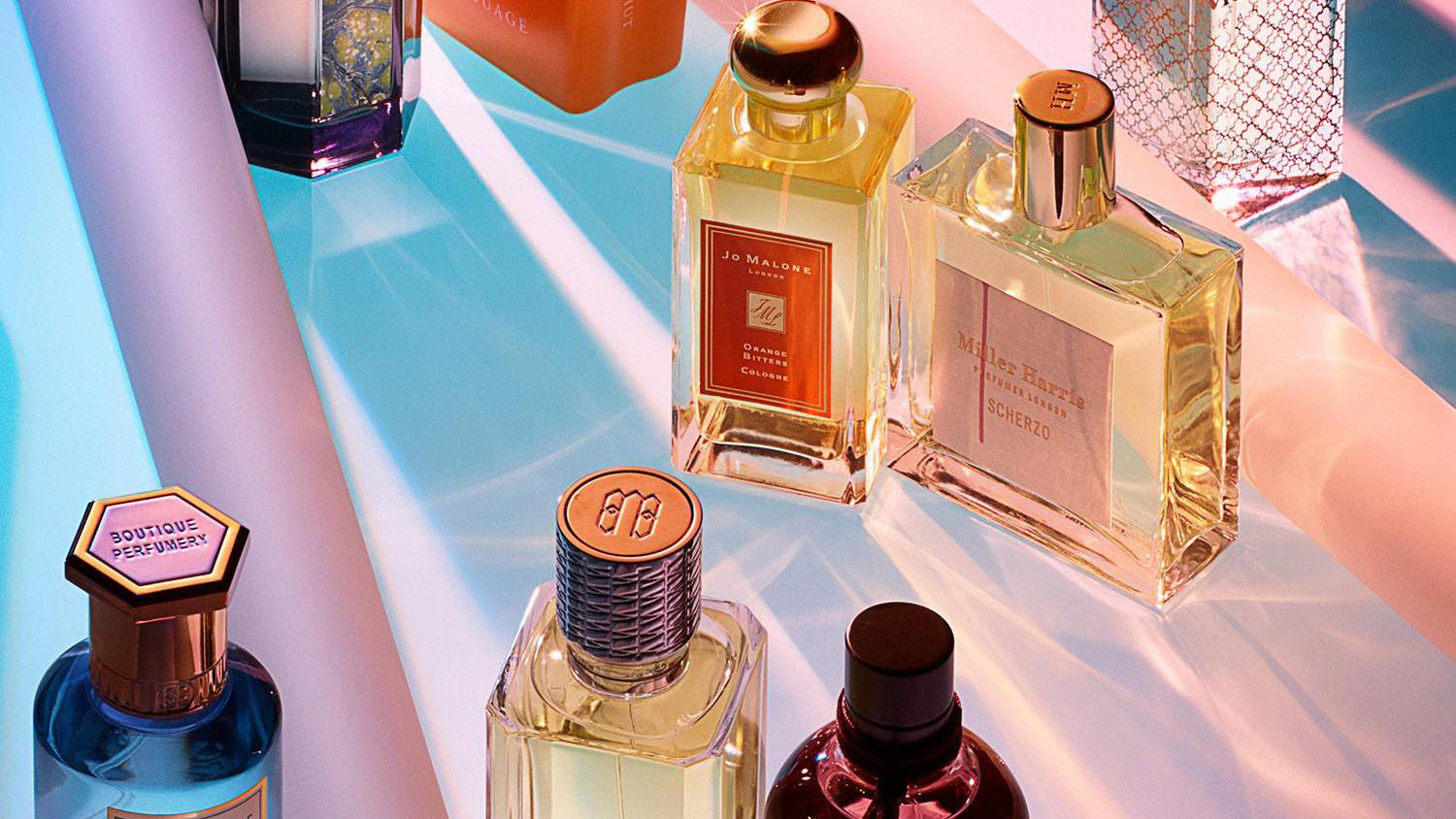How Archival Dressing Brought The Fashion It Girl Back

Nostalgia and fashion have always gone hand in hand. Trends from 10 years ago find their way back to public affection after a cycle of regret and shame; and thanks to influencer and celebrity culture, items we collectively agreed to keep in the past, re-emerge with new life.
But beyond trends from the past, celebrities have taken nostalgic dressing to another level; going deep into the archives to bring back classic looks and pieces that are reminders of a specific era of fashion, of a brand’s history and of the culture at the time.
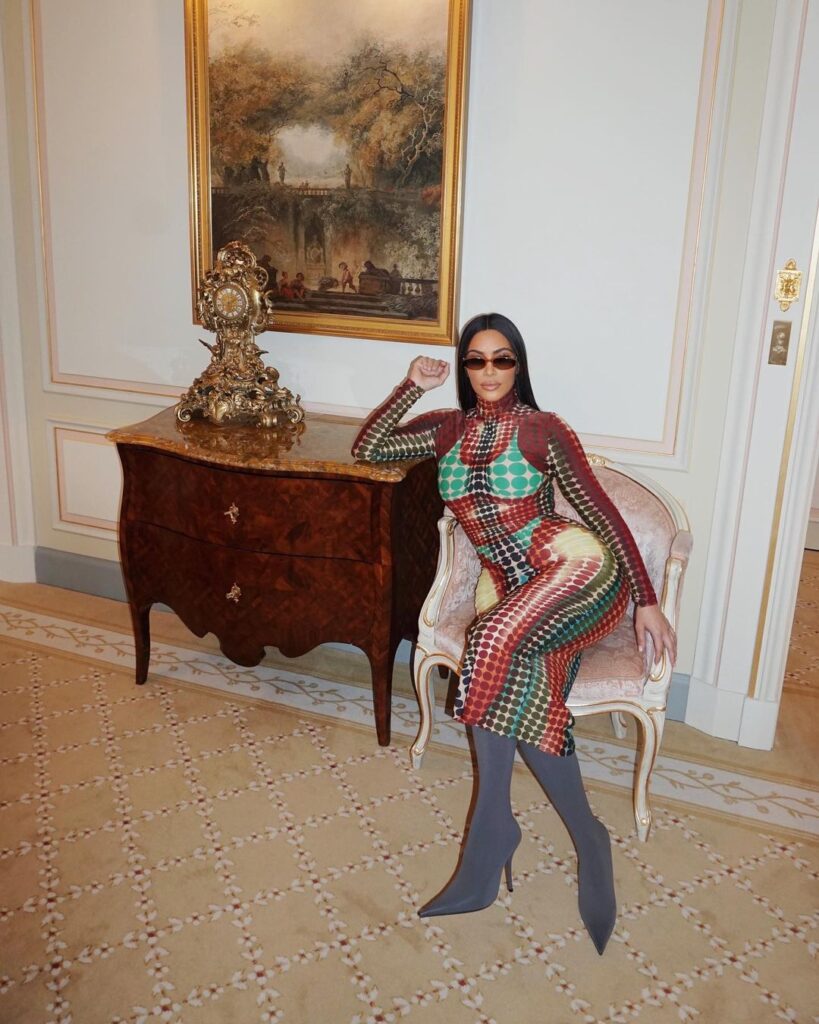
When Kim Kardashian posed in the iconic dot-printed Jean Paul Gaultier dress from his 1995 collection, we were reminded of the initial futuristic phase that took over fashion and music in the 90s. When Zendaya went to the 2021 BET awards themed ‘The Year of the Black Woman’ and wore the same dress Beyonce wore in her ‘Crazy in Love’ performance at the 2003 BET awards, we were taken back to the early noughties when Black artists had finally gone from ’urban’ to ‘mainstream’.
In a time where influencers and celebrities all look the same and originality can be rare, the revival of the archive piece is both a nod to the past days of the fashion icon, and to the teams that made them the icons we know and love today. For women in the public eye, wearing clothes was about more than just dressing up. It was about image construction, working with different creative expressions to pull together all the necessary aspects to carve out their own identities and define their era of time through their style choices.
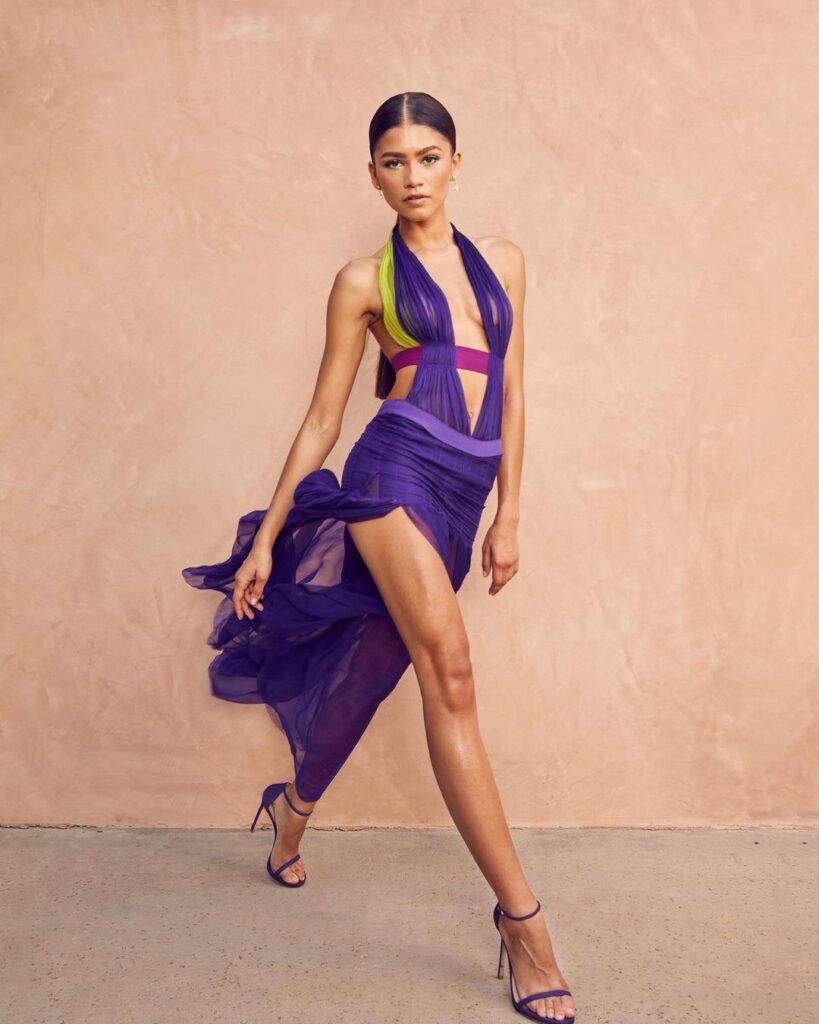
Collaborating with makeup artists, designers and stylists, or ‘image architects’ as they like to be known as, these icons created looks and moments in fashion that changed the game for their peers and those to follow. Stylist Misa Hylton’s work with Lil’ Kim and use of brands like Versace and LaCroix shifted the image of women in the rap game, who had, for so long, adopted an androgynous aesthetic to be accepted and respected. Opting for figure hugging fits that accentuated her curves and the sexiness she rapped about, the two redefined what a female rapper could look like, ushering in a new wave of MCs who were unafraid to be their authentic selves in a male-dominated industry. Madonna’s partnership with Jean Paul Gaultier and his signature cone bra for her Blond Ambition tour pushed the boundaries, making undergarment fashion a trend, and showing the power of teamwork between the artist and designer in telling a story.
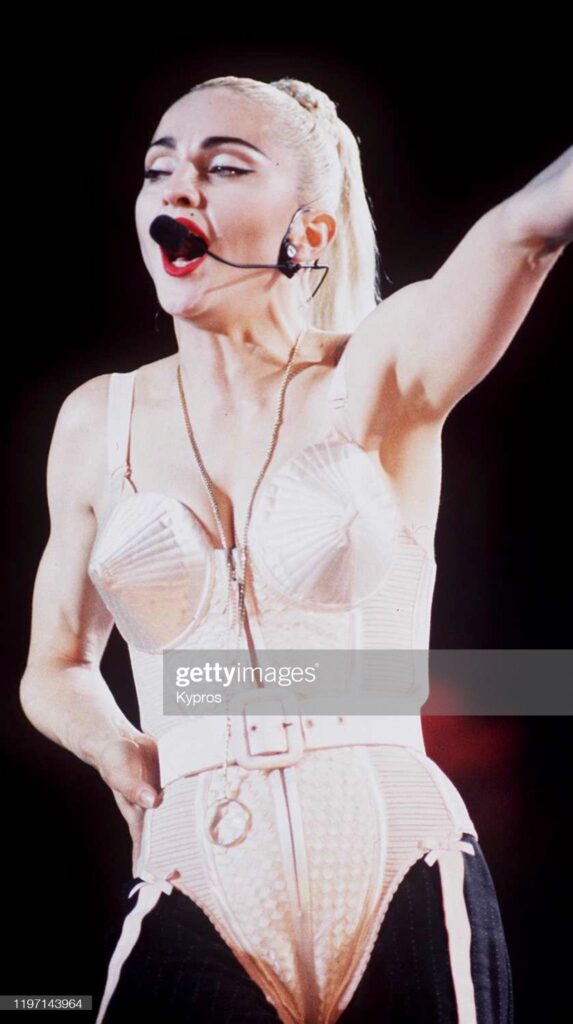
These collaborations set the stage for celebrity styling today- what was once just a fun way of dressing up for events has turned into a deep dive over fashion history, looking at the past to help tell the story of the present. Nobody does this better than Law Roach, stylist to the stars who constantly looks to icons who’ve come before, to help him create icons of today. Taking reference from the likes of Cher and Lil’ Kim, and the messages they shared through their red carpet looks, he has translated this for the modern-day context. For the 2021 Essence Awards where client Zendaya was being honoured, he pulled a vintage Yves Saint Laurent dress previously owned by Eunice Johnson, the founder of Black fashion magazine, Ebony. By honouring Johnson and her work in promoting Black fashion, Roach’s work not only informed his audience of a hidden figure in fashion but acted as a bridge between the Black trailblazers of the past and the present. And other stylists are taking a page out of Roach’s book, styling their clients in archival pieces to help push their message across.
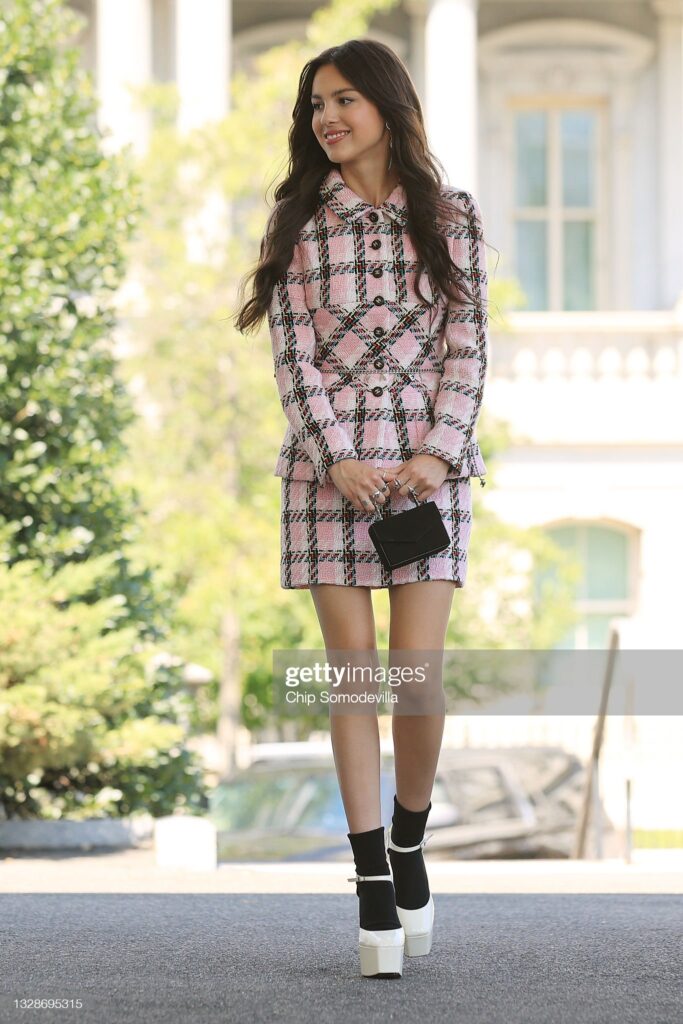
Whether it’s Chenelle Delgadillo dressing Olivia Rodrigo in vintage Chanel like former first ladies, to talk vaccinations for young people at the White House; or Kollin Carter resurrecting four Mugler pieces from the archives for Cardi B’s first win at the Grammys, stylists are giving new life to the archive and using their clients as canvasses for what they want to communicate.
This reflective look at fashion history, all while celebrating contemporary designers is what makes the Zendayas, Olivias and Cardis, emerging icons. To see the younger generation surrounding themselves with teams that embrace, and reference forward-thinking, unapologetic women of the past gives us hope that the conversations these women started around femininity and self-expression are still happening today. Their ability to appreciate those who came before them, while championing contemporary designers and creatives that are writing their own stories, says that being a fashion icon is about more than just wearing nice clothes; but using those clothes to speak to the time we’re in, and where we’ve come from.
Discover more from GUAP’s Fashion section here




![ZINO VINCI’S ‘FILTHY & DISGUSTING’EP BRINGS YOU TO THE CORE OF THE ARTIST [@ZinoVinci]](https://guap.co/wp-content/uploads/2023/10/Zino-4.jpg)


